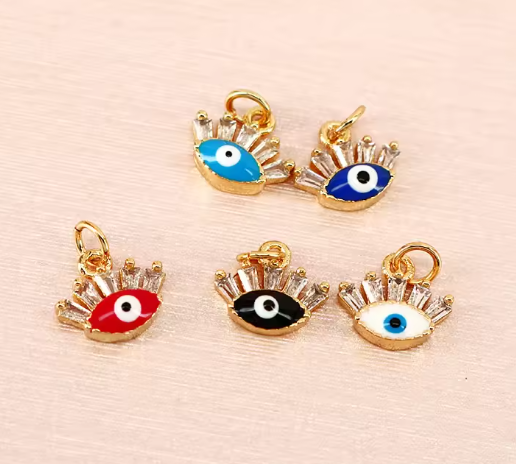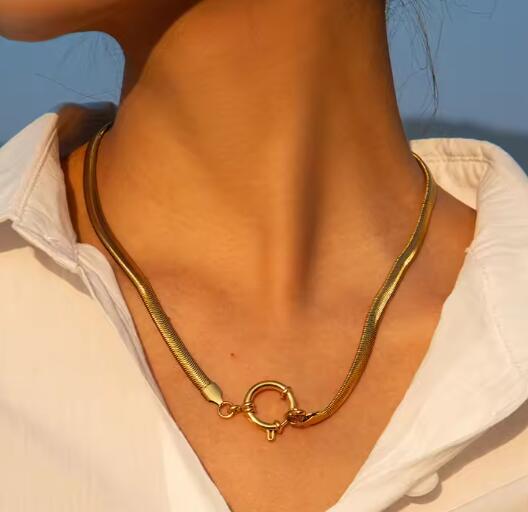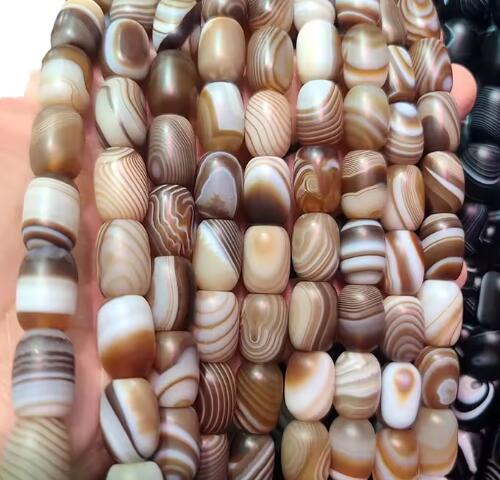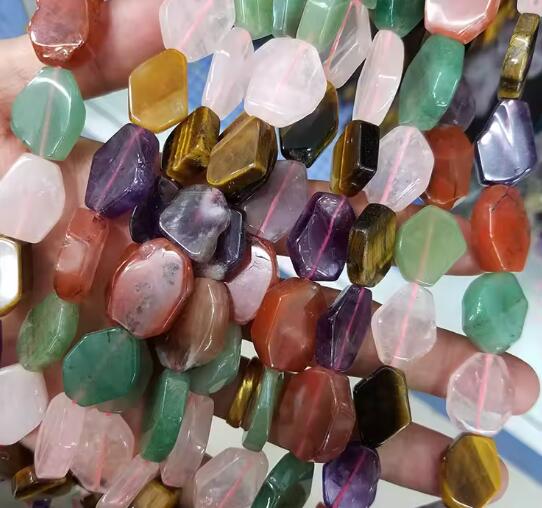How Chinese Pearls and Turquoise Became Global Gen Z Treasures
In the age of TikTok aesthetics and cross-cultural fusion, a new wave of Chinese jewelry design is quietly conquering fashion-forward wardrobes worldwide. Pearls and turquoise—once stereotyped as "grandma’s heirlooms" or ethnic souvenirs—are now reimagined as symbols of East-meets-West coolness, adored by influencers from Paris to Los Angeles. This cultural crossover reveals how ancient materials can become modern status symbols when tradition dances with rebellion.
From Imperial Archives to Instagram Aesthetics
For centuries, pearls symbolized nobility in Chinese courts, while turquoise carried spiritual significance in Tibetan and Mongolian cultures. Yet their global "glow-up" began when designers stopped treating them as museum relics. Chinese studios like YVMIN and Xu Studio deconstructed the classics: irregular baroque pearls now dangle from industrial-chained chokers, and turquoise is sliced into asymmetric fragments set in sleek titanium. It’s a deliberate "anti-luxury" twist—mixing the raw imperfections of nature with cyberpunk-edge metallics, creating a visual language that resonates with Gen Z’s love for "perfectly imperfect" authenticity.
The Globalization Playbook: Tradition as Trend
Western brands have long cherry-picked Asian motifs (think Qinghua porcelain patterns or dragon embroideries), often falling into cliché. New Chinese jewelry flips the script by weaponizing cultural specificity. Designers intentionally retain subtle nods—a turquoise carved into a miniature "ruyi" (scepter) pendant, or pearls arranged in a "knot" pattern echoing traditional embroidery. To international buyers, these become mysterious, wearable artifacts rather than costume props. Collaborations accelerate the trend: Chinese label HEFANG teamed up with British department store Liberty London in 2023, fusing turquoise with the store’s iconic floral prints, reframing "Chinoiserie" through a contemporary lens.
Wardrobe Alchemy: Cultural Codes as Style Currency
What makes these pieces travel across borders is their chameleon-like versatility. A turquoise ring with a minimalist openwork design might read as "Brooklyn artisan" at a New York coffee shop, then transform into an "exotic accent" when layered with gold chains. Pearls, stripped of their matronly strands, become gender-neutral staples—imagine a male K-pop idol wearing a single pearl ear cuff, or a London street style star pairing a pearl-embedded leather harness with a band tee. This adaptability turns jewelry into a cultural Rorschach test: wearers project their own narratives onto the designs, whether they recognize the Chinese roots or not.
Ethical Allure in the Age of Conscious Consumerism
Beneath the aesthetics lies a strategic alignment with global values. Chinese turquoise mines in Hubei, once criticized for unsustainable practices, now promote "traceable stones" with blockchain certificates—a direct response to Gen Z’s eco-consciousness. Pearl brands like Ming’s Harvest emphasize "non-nacreous pearls" (less perfect, more organic shapes) as a rejection of mass-produced perfection. Meanwhile, platforms like Etsy report surging demand for "East-West hybrid" vintage redesigns, where users send inherited jade or pearls to Chinese artisans for remixing into modern silhouettes. It’s cultural heritage repackaged as personalized slow fashion.
The Silent Power of Soft Power
Unlike government-led cultural campaigns, this jewelry movement thrives on organic digital storytelling. Xiaohongshu (China’s Instagram) tutorials teach global users how to style "Hanfu-meets-streetwear" looks with pearl hairpins, while TikTok’s #ChineseJewelry hashtag blooms with UGC content—a Mexican teen showing off her thrifted turquoise claw earrings, or a Milanese designer crediting Shanghai’s markets as inspiration. The materials themselves become diplomats: when a turquoise ring goes viral on a KOL’s hand, it sparks curiosity about its origins, not as "exotic China," but as a component of today’s borderless style lexicon.
In the end, pearls and turquoise didn’t just "go global"—they became blank canvases where Eastern heritage and Western individualism collaborate. As one Berlin-based buyer commented on a multi-pearl helix earring: "I don’t know if it’s ‘Chinese’ or just cool. Maybe that’s the point." This unconscious cultural integration, far from dilution, might be the ultimate compliment to a tradition reborn.









